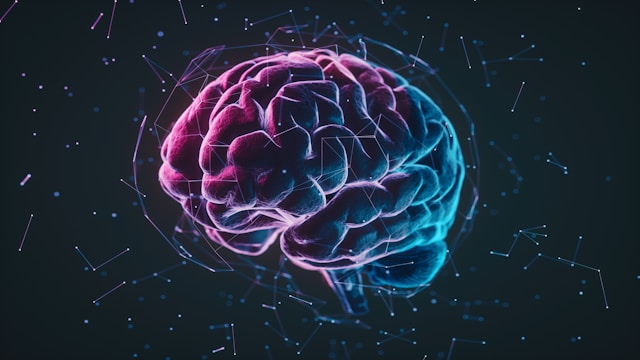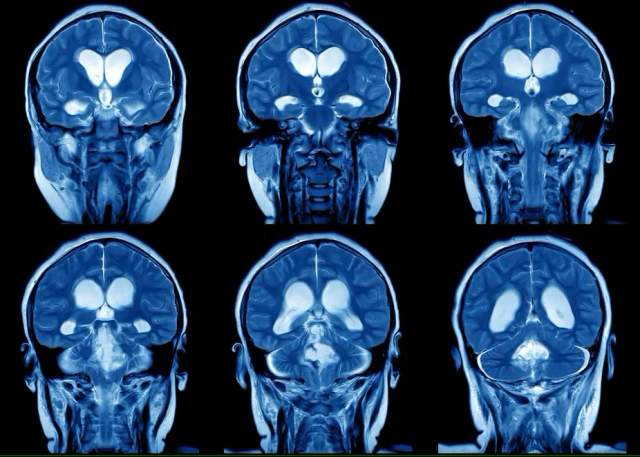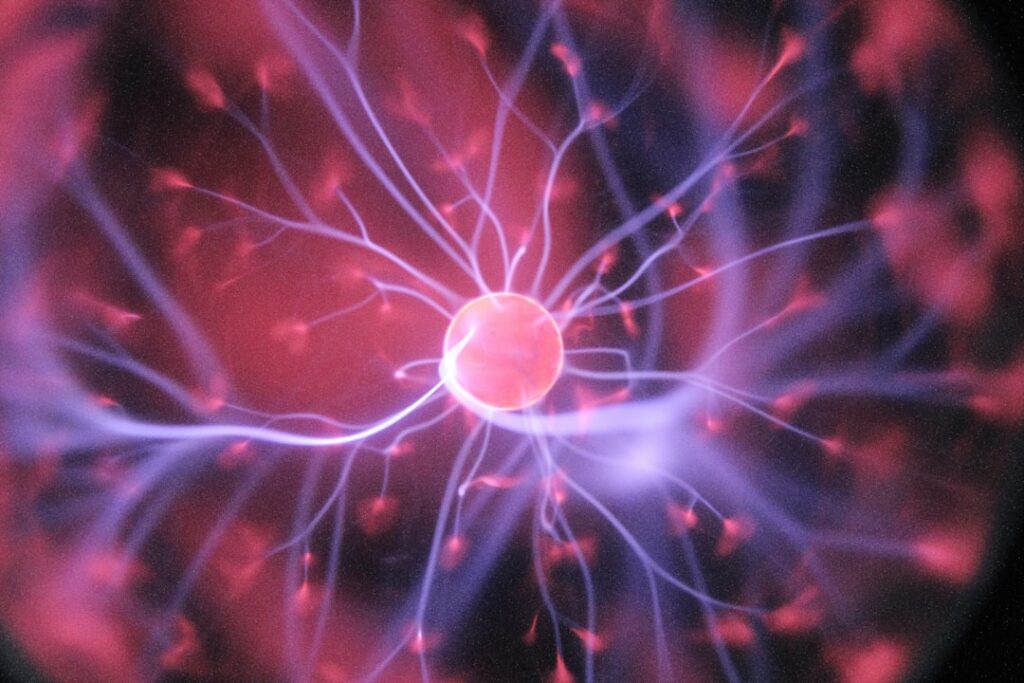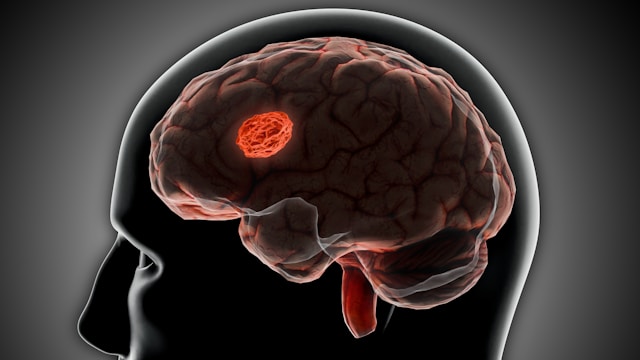Okay, let’s talk about something truly mind-blowing: the human brain. Seriously, it’s probably the most complex and fascinating thing we know. For ages, people have been trying to figure out this intricate three-pound universe sitting inside our heads. You know, what makes us tick? Why do we think, feel, remember stuff, and have those weird dreams?

Well, the field trying to answer all that is neuroscience, and honestly, it’s exploding with new ideas right now. Looking ahead to 2025, the future is packed with possibilities that sound straight out of a sci-fi movie, but guess what? They’re getting closer to reality faster than you might think.
Discoveries are happening at lightning speed, all thanks to cool new tech and brilliant folks working together across the globe. So, are you ready for a sneak peek into what’s coming? We’re about to explore five potentially huge breakthroughs in neuroscience that could be making headlines in 2025. And these aren’t just small tweaks, okay? We’re talking potentially game-changing neuroscience discoveries that could seriously shake up medicine, technology, and even how we see ourselves. Get ready to have your mind blown as we break down the latest innovations in neuroscience explained simply. These upcoming trends in neuroscience really do promise an exciting year for brain science!
Seeing the Brain Like Never Before: Super-Detailed Brain Maps
Imagine trying to navigate a huge, busy city using just a blurry, old, hand-drawn map. A bit tricky, right? Well, that’s kind of what brain mapping has been like until recently. Sure, tools like fMRI and EEG have been super helpful, but they often don’t have the zoom power to see the really tiny details of how our brain cells connect.

But here comes the potential game-changer: hyper-detailed brain mapping tech. Researchers are cooking up ways to see the brain with incredible clarity, letting us zoom in on complex neural networks and brain connectivity right down to individual circuits, maybe even the tiny gaps called synapses where signals jump. Think of it like upgrading from that fuzzy old map to a live, ultra-HD satellite view of the city. Pretty cool, huh?
So, what’s the big deal? Well, understanding the brain’s wiring diagram in such detail is huge. It could unlock secrets about how we form thoughts, store memories, or even where consciousness comes from. On a practical level, this kind of cutting-edge research in brain function could mean catching neurological or psychiatric conditions way earlier and more accurately, just by spotting tiny differences in brain structure or activity. Definitely some brain research developments to look for in 2025.
Listening In: AI Figuring Out Brain Signals
Our brains are constantly buzzing with electrical and chemical chatter – it’s like a complex orchestra of synaptic transmission carrying messages through vast neural networks. Trying to understand this complex “neural code” has been, let’s be honest, a massive headache. But what if we could actually figure out the brain’s language?

In 2025, we’re expecting some major steps forward using Artificial Intelligence (AI) to do just that. Really smart machine learning programs are being fed tons of brain activity data. And these AI systems are getting surprisingly good at spotting patterns and maybe even interpreting the brain signals linked to specific thoughts, intentions, or what we see and hear.
The possibilities here are kind of mind-bending. Think about advanced brain-computer interfaces (BCIs) that could let someone who’s paralyzed control a robotic arm or communicate easily, just by thinking. This research is directly feeding into neuroscience advancements and their applications. Now, sure, this definitely brings up some big ethical questions about mental privacy that we’ll need to tackle carefully as a society. But, man, the potential to give back function and connection to people who’ve lost it is just enormous – it’s a key way neuroscience discoveries shaping the future of technology.
Rewiring Recovery: New Ways to Boost Brain Plasticity
One of the coolest and most hopeful ideas in neuroscience is brain plasticity. It’s the brain’s amazing talent for rewiring itself, forming new connections, and adapting throughout our lives. It’s essential for learning and memory, yeah, but it’s also super important for bouncing back from injuries like strokes or traumatic brain injuries. The big question has always been: can we actually nudge or boost this process?
- Super-focused brain stimulation (using things like transcranial magnetic stimulation or focused ultrasound) to gently encourage specific brain pathways to rewire themselves.
- New kinds of medications designed to give a boost to the molecules that make plasticity happen.
Imagine therapies that could seriously speed up recovery after brain damage, help people overcome learning challenges, or even treat conditions tied to plasticity gone wrong, like chronic pain. This area of cognitive neuroscience is packed with promise. These transformative effects of neuroscience research could change so many lives and completely alter how new brain research will affect neurology practice.
Catching Trouble Early: Better Brain Scans for Disease Detection
Neurodegenerative diseases like Alzheimer’s and Parkinson’s are just heartbreaking. They slowly steal people’s memories, their ability to move, even their sense of self. A huge problem is that by the time symptoms actually show up, a lot of damage has already been done to the brain, often damage that can’t be reversed. Finding these diseases early is absolutely key if we want to find treatments that really work.

So, we’re expecting some significant new findings in brain science focused on early detection. Get ready for improvements in neuroimaging techniques and finding biomarkers that can spot the very first, subtle signs of these diseases years, maybe even decades, before anyone notices symptoms.
- More sensitive PET scans that can find those pesky amyloid plaques or tau tangles (the bad guys in Alzheimer’s) earlier than ever before.
- Simple blood tests that can pick up specific markers showing neurodegeneration is starting.
- Fancy MRI techniques that reveal tiny changes in brain connectivity or the brain tissue itself.
The impact of neuroscience breakthroughs on mental health and neurological disorders could be massive. Catching these diseases early gives us a critical chance to step in, maybe allowing future therapies to slow things down or even stop the disease in its tracks. This really flips the script in neuropsychiatry, shifting from just managing symptoms to potentially preventing the worst outcomes – it shows how neuroscience discoveries will change medicine.
Precision Tuning for the Mind: Targeting Brain Circuits for Mental Health
Mental health conditions like depression, anxiety, and PTSD are incredibly complicated, often stemming from problems within specific neural networks. Our current treatments? Well, they help a lot of people, but sometimes they feel like using a sledgehammer when you need a tiny screwdriver. Medications can have annoying side effects all over the body, and therapy just doesn’t click for everyone. What if we could find the exact faulty circuit and gently nudge it back into line?
That’s the dream driving some of the most exciting major neuroscience innovations expected in 2025. Researchers are hard at work figuring out ways to precisely target those specific neural circuits involved in mental health struggles. This might involve:
- Smarter brain stimulation techniques (like deep brain stimulation, or DBS) that use advanced imaging to guide the stimulation to very specific spots in the brain.
- Maybe even future uses of gene therapy or super-targeted drug delivery systems that only affect the cells within the troublesome circuit.
Just imagine treatments for depression or anxiety that are tailor-made for your unique brain activity, working better and with fewer side effects. That would be a huge leap forward for neuropsychiatry, really tackling the impact of neuroscience breakthroughs on mental health. It’s all about moving towards truly personalized medicine for our minds.
The Future is Almost Here!
Whew! Okay, that was a lot, right? From mapping the brain in insane detail and decoding our thoughts to boosting recovery, spotting diseases sooner, and fine-tuning mental health treatments – the revolutionary discoveries in brain research look set to be pretty amazing. These top breakthroughs in neuroscience aren’t just happening in isolation; they’re all connected, painting a picture of a future where we understand and interact with our brains in ways we could barely have imagined before.

Honestly, the whole field of neuroscience is buzzing with this incredible energy and potential right now. Yes, there are still challenges to overcome and ethical stuff to figure out, but the direction is clear: we’re unlocking the brain’s secrets faster than ever. So, keep an eye on these developments! They’re more than just cool science; they hold the keys to tackling some of our biggest health problems and maybe even unlocking more of our own potential. Which one of these breakthroughs gets you the most excited? The journey into the brain is really just getting started!
